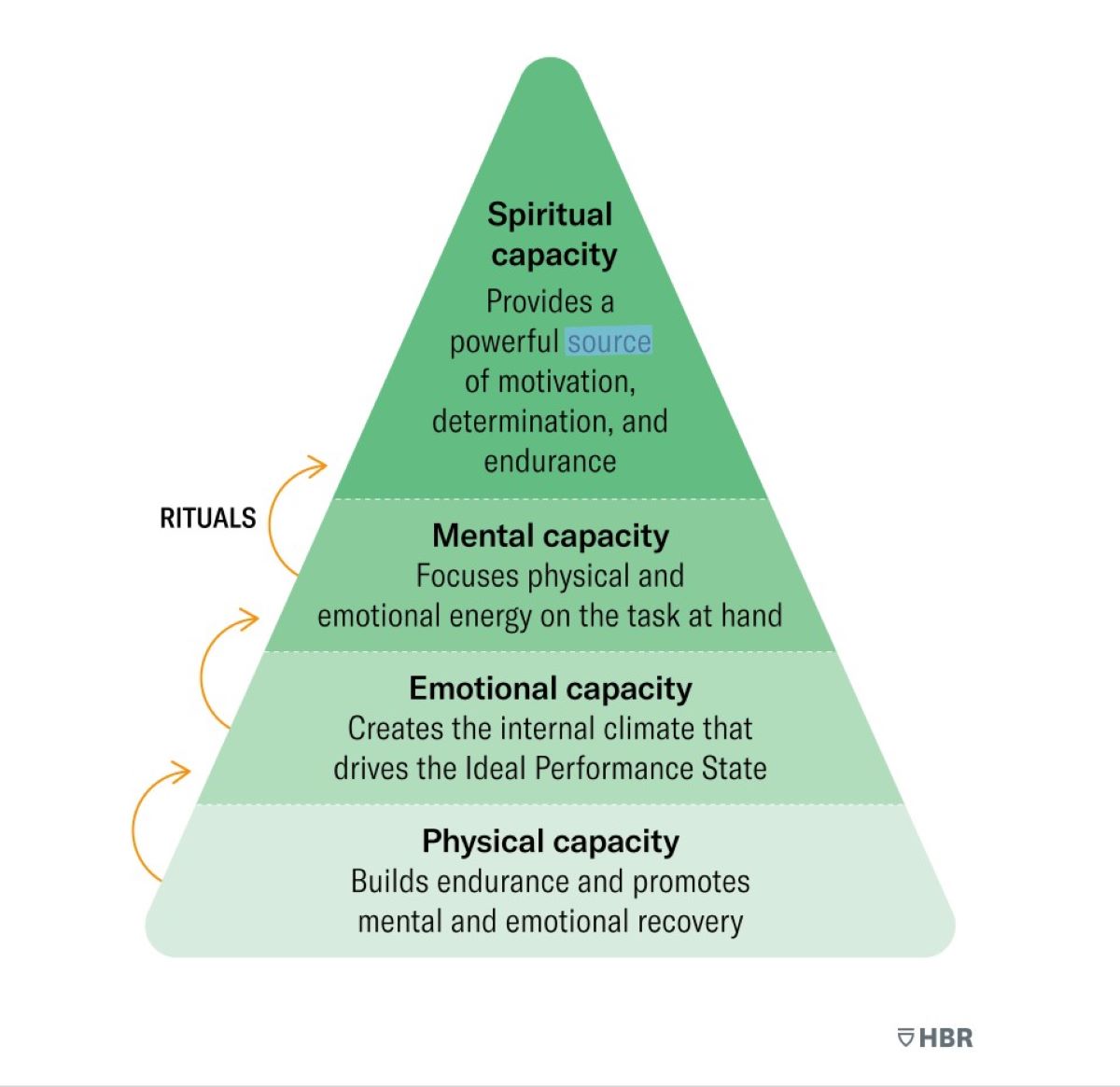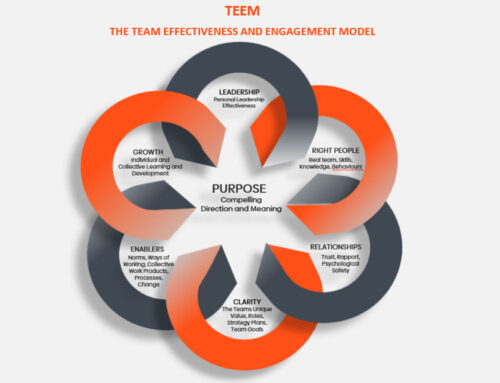
The challenges for great leaders are escalating in nature and in constancy. So, what can we do to ensure we show up as the best leader we can be? How do we cultivate high performance under ever-increasing pressure? It starts with you!
When Ash Barty took to the court to play the final in the Australian Open, in front of millions of people, you can be sure she had clocked many hours of practice surrounded by coaches, physios and assorted other Team Barty members. She was on the stage for a few hours, before going ‘backstage’ for rest, and more practice and support.
Conversely, as leaders today, we are expected to perform (well) for 8 or more hours a day often more than 5 days a week. With little opportunity for rest or recovery.
Under that context, how do we become high-performing leaders, built to withstand the cut and thrust of executive life?
It all starts with self-leadership.
The practice of self-leadership is about the whole person—the body, emotions, mind and spirit. It’s about intentionally guiding your thoughts, behaviours and actions toward achieving both personal and professional goals. And it’s about taking ownership of your life, cultivating self-awareness and developing the discipline to stay focused and motivated, even in the face of challenges.
The concept of the ‘corporate athlete’ was developed by Dr Jim Loehr and Tony Schwartz in an article called The Making of the Corporate Athlete (HBR). After researching and working with elite athletes for 25 years they started to see how the disciplined routine of elite athletes could be applied to the corporate world for sustained improvements in job performance.
Their framework, called The Performance Pyramid, addresses peak performance at every level of human capacity.
1. The foundation of self-leadership is physical well-being. High performance starts with the body, the primary source of energy. Just as world-class athletes rely on physical strength and endurance, leaders can cultivate physical health to maintain their stamina in the corporate arena.
This begins with regular exercise, not just for fitness but to create the energy reserves needed to power through long days and demanding tasks. But there’s more to it than just hitting the gym. The key to sustained energy is “oscillation”—the balance between stress and recovery. It’s not the stress that burns us out; it’s the failure to recover. By integrating short breaks and recovery rituals into the workday, leaders can avoid burnout and keep their energy levels high.
2. The next domain is emotional health. Positive emotions like confidence, optimism, and resilience are the fuel that powers high performance. On the flip side, negative emotions such as frustration, fear, and anger can drain energy, leading to burnout.
To maintain emotional health, it’s essential to develop rituals that promote positive energy. This could be as simple as taking a moment each morning to set a positive intention for the day. Or practising mindfulness to stay grounded in the face of stress. Emotional health is also deeply connected to relationships. Investing in strong, supportive relationships – both at work and at home – can provide the emotional support needed to navigate challenges with grace.
3. Mental acuity is the third level of the pyramid. In a world filled with distractions, the ability to focus is a significant advantage. Traditional approaches often concentrate on improving cognitive skills through process optimisation and technology. However, these strategies can be supercharged by techniques that enhance mental focus and recovery.
Meditation, for example, is a powerful tool for leaders to quiet their minds, reduce stress and improve focus. Similarly, visualisation techniques – like mentally rehearsing successful outcomes – can help professionals prepare for high-pressure situations, ensuring they perform at their best when it counts.
4. At the top of the pyramid is spiritual capacity, the most often overlooked aspect of performance. Spiritual capacity isn’t about religion; it’s about purpose. It’s the energy that comes from connecting with a deeper sense of meaning in your work and life. When executives align their actions with their core values, they unlock a powerful source of motivation and resilience.
Connecting with purpose can be as simple as reflecting on what drives you – why you do what you do. Practices like journaling, meditation, or even spending time in nature can help you tap into this deeper sense of purpose, providing the renewal needed to keep going, even in the face of adversity.
The performance pyramid offers a dynamic, integrated, self-leadership approach to sustained high performance. It’s not just about focusing on one aspect of your life; it’s about recognising that peak performance requires the alignment of physical, emotional, mental and spiritual capacities.

To connect with us about executive coaching please contact us here.


